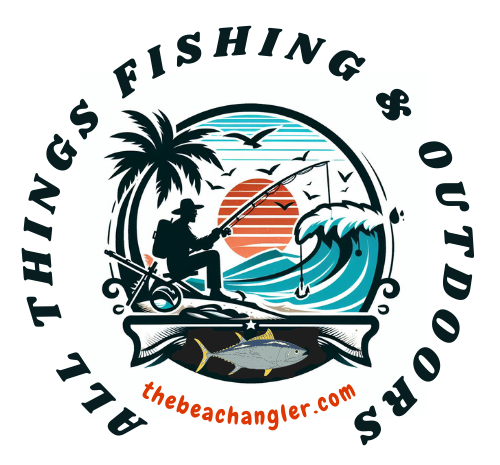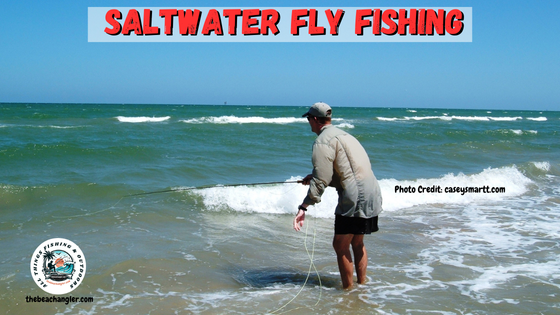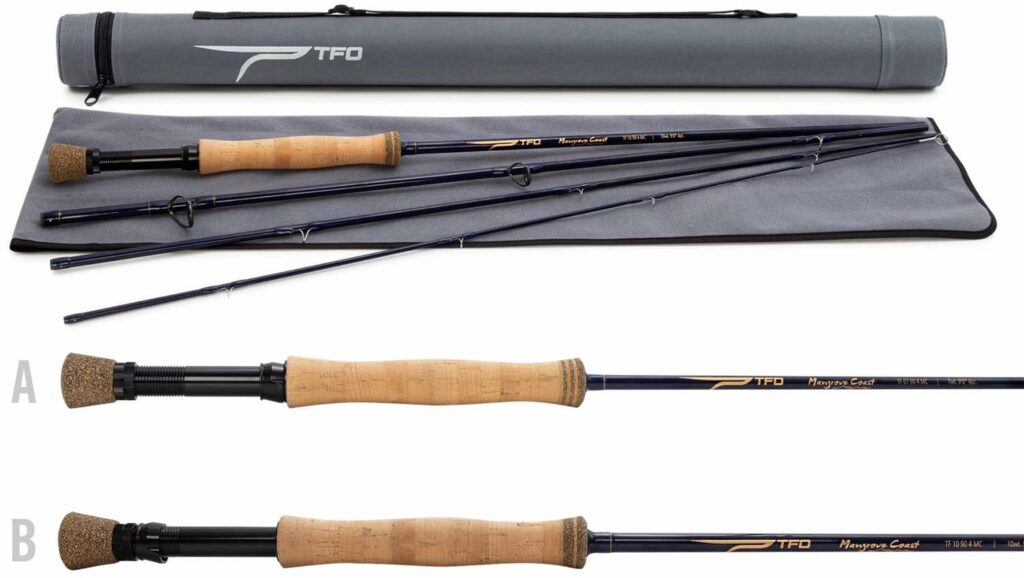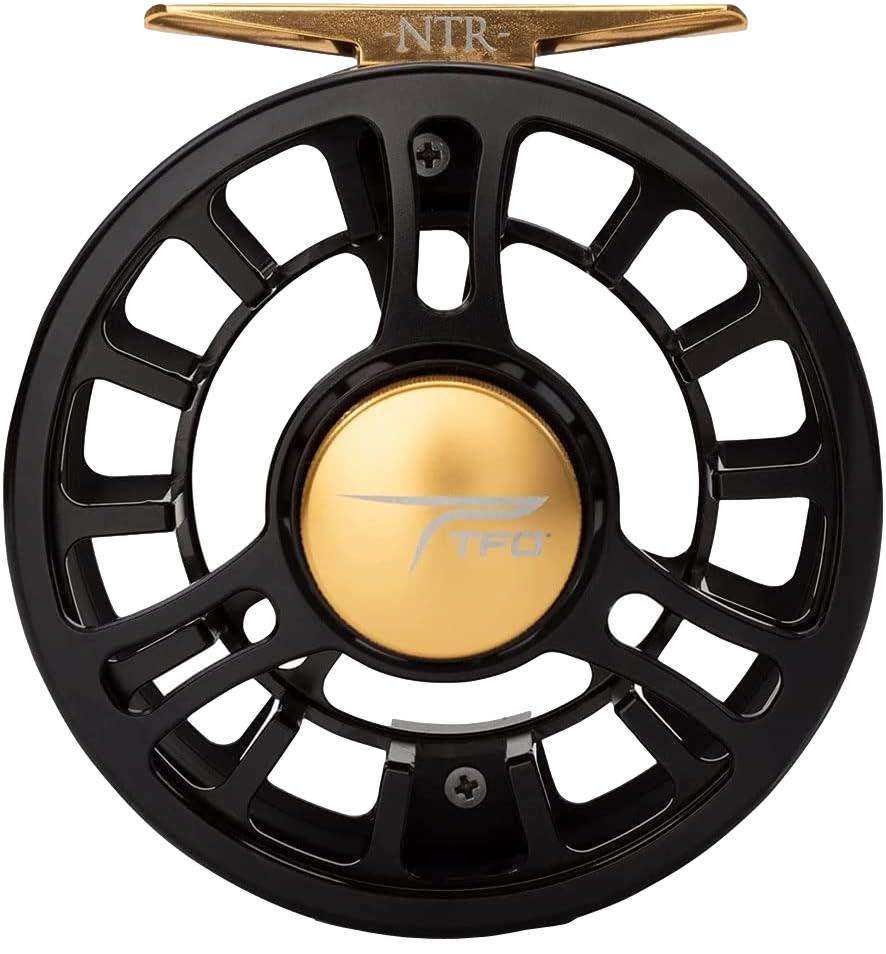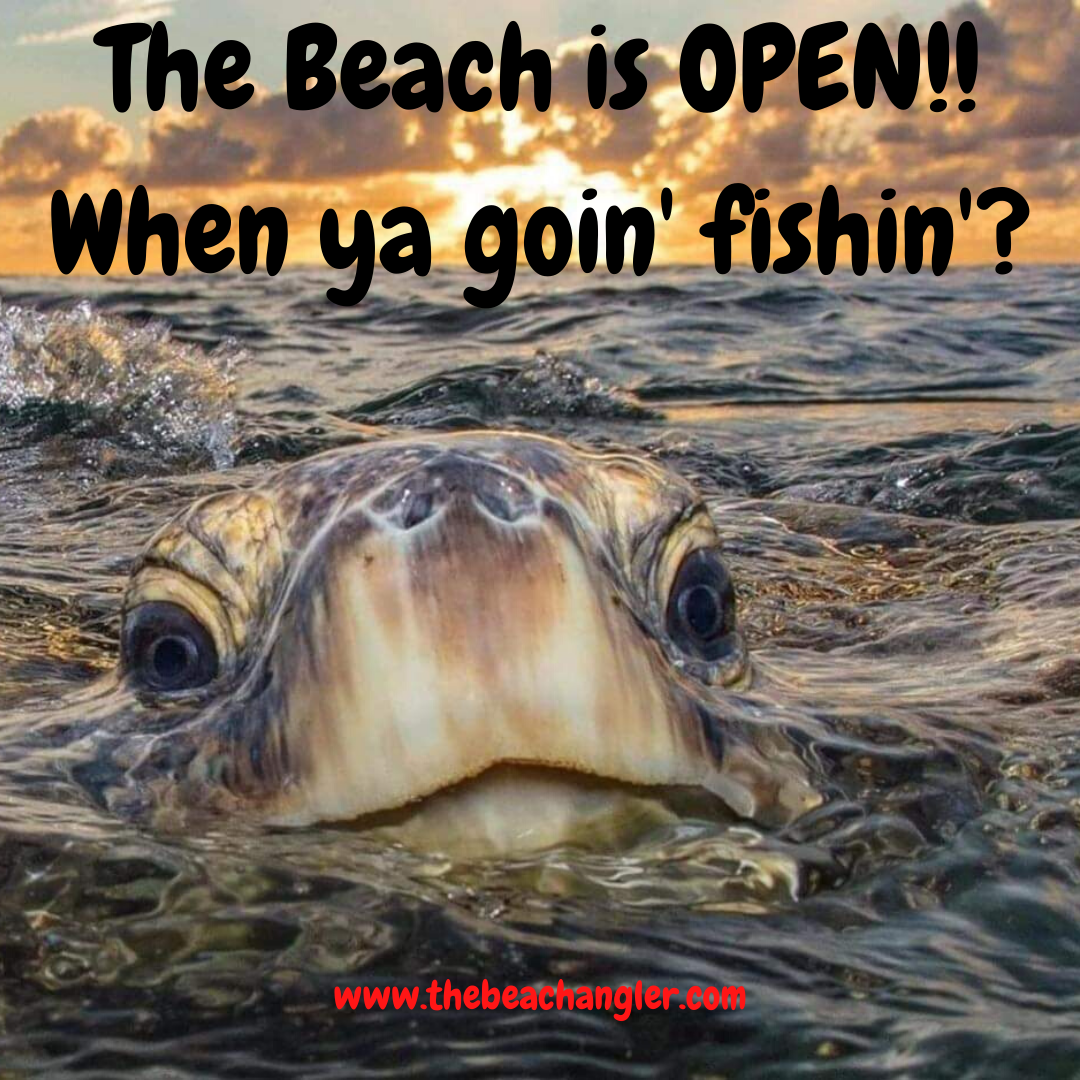Saltwater fly fishing continues to grow in popularity. Evolving from the traditions of freshwater fly fishing, it has developed its own specialized gear and following. We’re going to take a look at the gear, techniques, and applications to see just what the attraction is to catching saltwater fish with a buggy whip. 😉
QUICK LOOK:
Saltwater fly fishing continues to grow in popularity. It evolved from freshwater fly fishing but the harsh marine environment was tough on rods, reels, and lines. Now you have access to fly fishing gear and tackle specifically designed for saltwater fishing. With heavier rods, stronger drags, and corrosion resistance. It is a sport for hardcore anglers who enjoy a challenge. From bonefish and red drum, to tarpon and tuna, there is something for everyone.
Unlike the relatively calm and stable environments of streams and rivers, saltwater habitats present a range of different challenges, and opportunities, for fly anglers, from shallow backwater bays to choppy surf and offshore excursions.
And, there is a wide range of potential target species in saltwater including reddrum, speckled trout, bonefish, tarpon, and even sailfish and tuna. So, if you have an interest in saltwater fly fishing, you will need to consider where you will be fishing and what you will be fishing for when selecting your gear.
All of this factors into the rapid growth in the sport of saltwater fly fishing. More anglers are taking up the sport and the available saltwater fly fishing gear keeps expanding and improving.
Gear Evolution in Saltwater Fly Fishing
Fly fishing in saltwater has seen significant gear evolution over the years. Early fly anglers used simple, rudimentary rods and lines, which often fell short in the harsh saltwater environment. The gear wasn’t designed for corrosive saltwater or hard-fighting saltwater game fish. But that has changed.
Today’s equipment bears little resemblance to those initial tools. Rods once crafted from greenheart or bamboo have given way to carbon fiber and graphite composites. These materials are not only stronger but also lighter, allowing for longer, more accurate casting which is crucial when facing unpredictable ocean conditions.
Lines have transformed as well. Initial silk lines that required constant maintenance and dried poorly have been replaced by quick-drying, durable synthetic lines. They withstand the corrosive nature of saltwater and offer better control and power, essential when you’re targeting larger, more powerful fish.
Reel advancements have been equally impressive. Saltwater fly reels now feature sophisticated drag systems, essential for battling the ocean’s bigger species. These reels are built to resist corrosion and provide smoother line retrieval. Saltwater fly fishing is a game of durability and precision, and modern reels are engineered to win it.
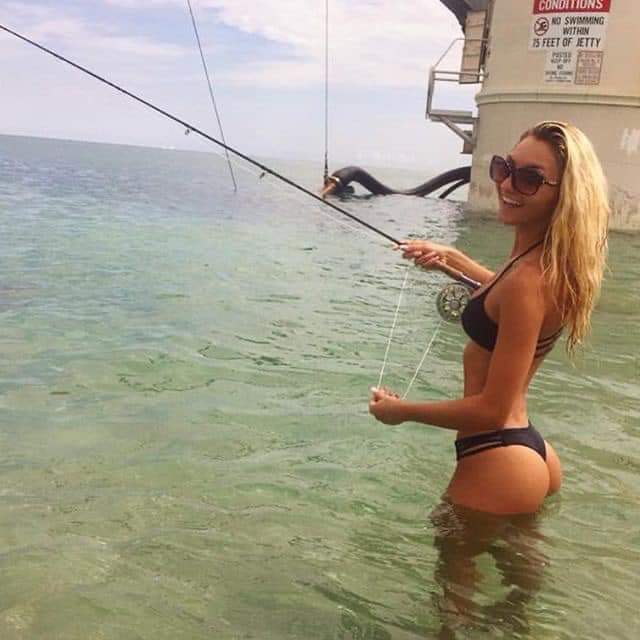
What’s also noteworthy is the expanded variety of gear. Anglers now have access to equipment tailored to specific species and conditions. This means more effectiveness on the water and a better overall experience. And, more fishing gear to buy. 😉
Basic Saltwater Fly Fishing Gear for Beginners
Saltwater fly fishing is an exciting pursuit, and getting started requires some essential gear. Remember, saltwater fly fishing gear is beefier than freshwater gear, designed to withstand harsh conditions. Here’s what you’ll need:
- Fly Rod: Choose a sturdy fly rod designed for saltwater conditions. A 9-foot, 5-weight rod is a good starting point.
- Quality Reel: Invest in a reel that can handle saltwater environments. Look for corrosion-resistant materials and a smooth drag system.
- Fly Line: Opt for a saltwater-specific fly line. The weight of the line bends the rod and carries, or casts, the nearly weightless fly to the target.
- Backing: Attach backing to your fly line. It provides extra length for letting fish run and prevents line breakage.
- Flies: Stock up on saltwater flies. These are essentially weightless compared to conventional lures. Research local tackle shops and fly anglers to choose the best patterns for your target species.
- Fly Box: A fly box keeps your flies organized and protected during transport.
- Pliers: Handy for removing hooks and handling fish safely.
- Sunglasses: Polarized sunglasses protect your eyes from sun rays and help you spot fish in the water.
- Waders or Wading Boots: If you will be fishing in winter, or in cold waters, you will need a good pair of waders to keep you warm and dry while fishing. Or, in warmer waters, a good pair of wading boots to protect your feet from underwater hazards.
Technique Differences From Freshwater to Saltwater
Transitioning from freshwater to saltwater fly fishing demands more than just a change of scenery. I’ve observed that the currents and powerful winds often found in the open saltwater environment require a distinct approach to casting and retrieving.
To successfully navigate these conditions, saltwater fly anglers have had to adapt their methods. Standard freshwater casting falls short in saltwater environments. With heftier flies and often windy and turbulent conditions, executing a proper saltwater cast has become an art in itself.
Anglers have learned to develop tighter loops and more forceful forward casts to combat the coastal breeze. They have to consider timing the waves and wind gusts, the direction of their casts compared to the wind direction, and the speed at which they strip the line back in.
One key adaptation has been the introduction of ‘shooting heads.’ These heavier line tips help in propelling flies great distances, crucial in covering the vast expanses of saltwater and reaching the skittish fish.
Moreover, retrieving techniques have evolved to include a variety of speeds and rhythms, mimicking local prey more accurately and triggering strikes from target species. Expert saltwater fly anglers also underscore the need for patience and persistence.
Unlike freshwater environments where fish locations can be more predictable, saltwater challenges anglers to read the water for subtle signs of fish activity. These skills develop over time, often through trial and error, with every cast teaching something new.
Iconic Saltwater Flies and Their Development
To understand the deep roots and ever-evolving nature of saltwater fly fishing, it’s worth exploring the flies themselves – these are the heart of success in saltwater angling. Flies are to fly fishing what words are to a writer; choose the right ones, and you present an irresistible morsel that fish simply can’t ignore.
Whether it’s a Deceiver, created by the legendary Lefty Kreh, or the Clouser Minnow, versatility meets creativity in these designs. They imitate a range of baitfish and crustaceans, and their effectiveness has been proven by saltwater fly anglers the world over.
They are born from a keen observation of the prey species in their specific habitats – a testament to the angler’s understanding of the underwater world. Materials like feathers and fur once dominated the crafting of flies, but as the sport has evolved, so have the materials.
Now, synthetics that mimic the movement and reflectivity of real prey have become staples; their durability and vibrancy make them unbeatable in murkier waters. Personal stories of dedication and breakthroughs often accompany the origins of these iconic flies.
Some were sketched on the back of napkins, others painstakingly developed through trial and error, but all share one thing – they were created by anglers who had a profound connection with the marine environment and a passion for saltwater fly fishing.
Popular Saltwater Fly Patterns:
Popular fly patterns for saltwater fly fishing include:
- Crazy Charlie: Versatile for imitating shrimp or baitfish, effective for bonefish.
- Turneffe Crab: A quirky-looking crab pattern, great for fishing over turtle grass flats. Great for red drum, black drum, bonefish, and permit.
- Clouser Minnow: A widely used pattern that mimics baitfish.
- Lefty’s Deceiver: Designed to imitate baitfish, a prolific pattern in saltwater fly fishing.
These patterns are favored by anglers for their effectiveness in various saltwater destinations.
Frequently Asked Questions about Saltwater Fly Fishing

What is saltwater fly fishing?
Saltwater fly fishing is a method of angling that involves using artificial flies to catch fish species that inhabit saltwater environments such as oceans, seas, and coastal areas.
What equipment do I need for saltwater fly fishing?
Essential equipment includes a fly rod (typically 8 to 10 feet in length), a saltwater fly reel, fly line specifically designed for saltwater fishing, leaders and tippets, flies, polarized sunglasses, and appropriate clothing for the conditions.
What types of fish can I catch with fly fishing in saltwater?
Saltwater fly fishing opens up opportunities to target a wide range of species including bonefish, tarpon, permit, snook, redfish, striped bass, tuna, and many more depending on the location.
How is saltwater fly fishing different from freshwater fly fishing?
Saltwater fly fishing typically involves larger flies, heavier rods and lines, and casting techniques suited for dealing with windy conditions and larger fish. Additionally, saltwater species tend to be more aggressive and powerful compared to many freshwater species.
What are the best destinations for saltwater fly fishing?
Some of the top destinations for saltwater fly fishing include the flats of the Florida Keys, the Seychelles, Belize, Christmas Island, the Bahamas, Costa Rica, and various locations along the coasts of Australia and New Zealand.
What is sight fishing in saltwater fly fishing?
Sight fishing involves spotting fish in the water before casting to them. This is a common technique used in shallow saltwater environments such as flats, where anglers can see fish swimming and feeding.
What are the different types of flies used in saltwater fly fishing?
Saltwater flies come in various patterns and styles, including baitfish imitations, shrimp patterns, crab patterns, poppers, and surface flies. The choice of fly depends on the target species and the fishing conditions.
How do tides affect saltwater fly fishing?
Tides play a significant role in saltwater fly fishing as they influence the movement of bait and fish. Many anglers prefer to fish during incoming or outgoing tides when water movement is stronger, which can stimulate feeding activity.
What are some essential casting techniques for saltwater fly fishing?
Key casting techniques include the double haul, which helps generate more line speed for longer casts, the saltwater backcast, which is a low backcast used to avoid hitting the water with the fly on windy days, and the presentation cast, which allows for accurate placement of the fly in front of moving fish.
Is saltwater fly fishing suitable for beginners?
While saltwater fly fishing can be challenging due to factors such as wind, casting accuracy, and the strength of saltwater species, it is certainly accessible to beginners with practice and guidance from experienced anglers or instructors. Starting with simpler techniques and targeting species like bonefish or smaller species can be a good way for beginners to learn the ropes.
The Future of Saltwater Fly Fishing
Saltwater fly fishing is a dynamic sport that continues to evolve. As we consider the currents and the tides ahead, the role of technological advancement becomes more evident. Not only will we see newer, lighter, and more resilient materials being introduced, but also a rise in the use of tech, like GPS and fish finders, seamlessly integrated into the saltwater fly angler’s toolkit to enhance the fishing experience and improve success.
The sport’s popularity is also set to reach wider shores. With travel becoming more accessible and online platforms enabling a global exchange of tips and stories, aspiring saltwater fly anglers from all corners of the world are taking up the sport of saltwater fly fishing.
Finally, through the efforts of both individuals and organizations, education and hands-on workshops will likely become more prolific. This will ensure that newcomers to the sport of saltwater fly fishing are well-versed not only in skill but also in techniques and strategies for a successful saltwater fly fishing experience.
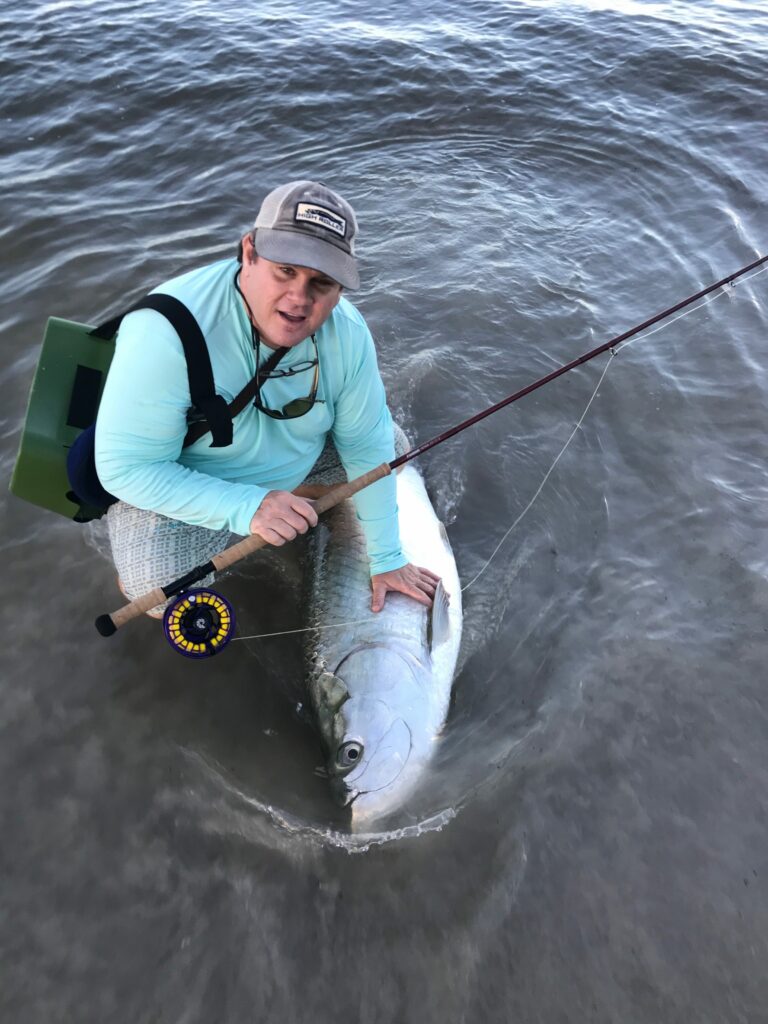
As always, stay safe, enjoy the journey and please try to leave it cleaner than you found it. If you have any comments, questions, ideas, or suggestions please leave them in the comment section below and I’ll get back to you ASAP. You can follow us on Facebook: Rex The Beach Angler, Instagram: thebeachangler7, Twitter: @AnglerBeach, and YouTube: Man Art Creations.
Check Out Our Latest Articles:
- 6 Tips for Choosing The Right Waders For Saltwater Fishing
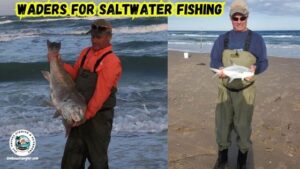
- Essential Baits And Lures For Inshore Saltwater Fishing
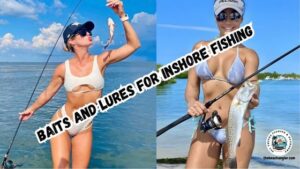
- Catch And Release Fishing For Goliath Grouper
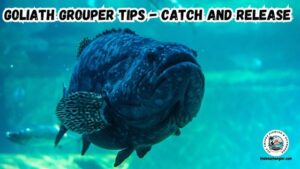
- 7 Basics of an Inshore Saltwater Fishing Setup For Beginners
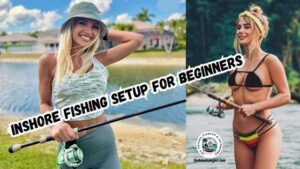
- 5 of the Best Inshore Rod And Reel Combos For Beginners
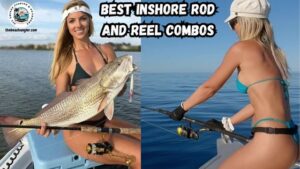
- Beginner’s Guide To Inshore Saltwater Fishing Gear
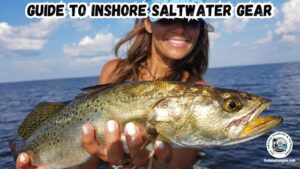
P.S. – Thanks so much for checking out our blog we really appreciate it. Just so you know, we may receive a commission if you click on some of the links that appear on our site. This helps us keep our content free and up-to-date for everyone. We appreciate your support!
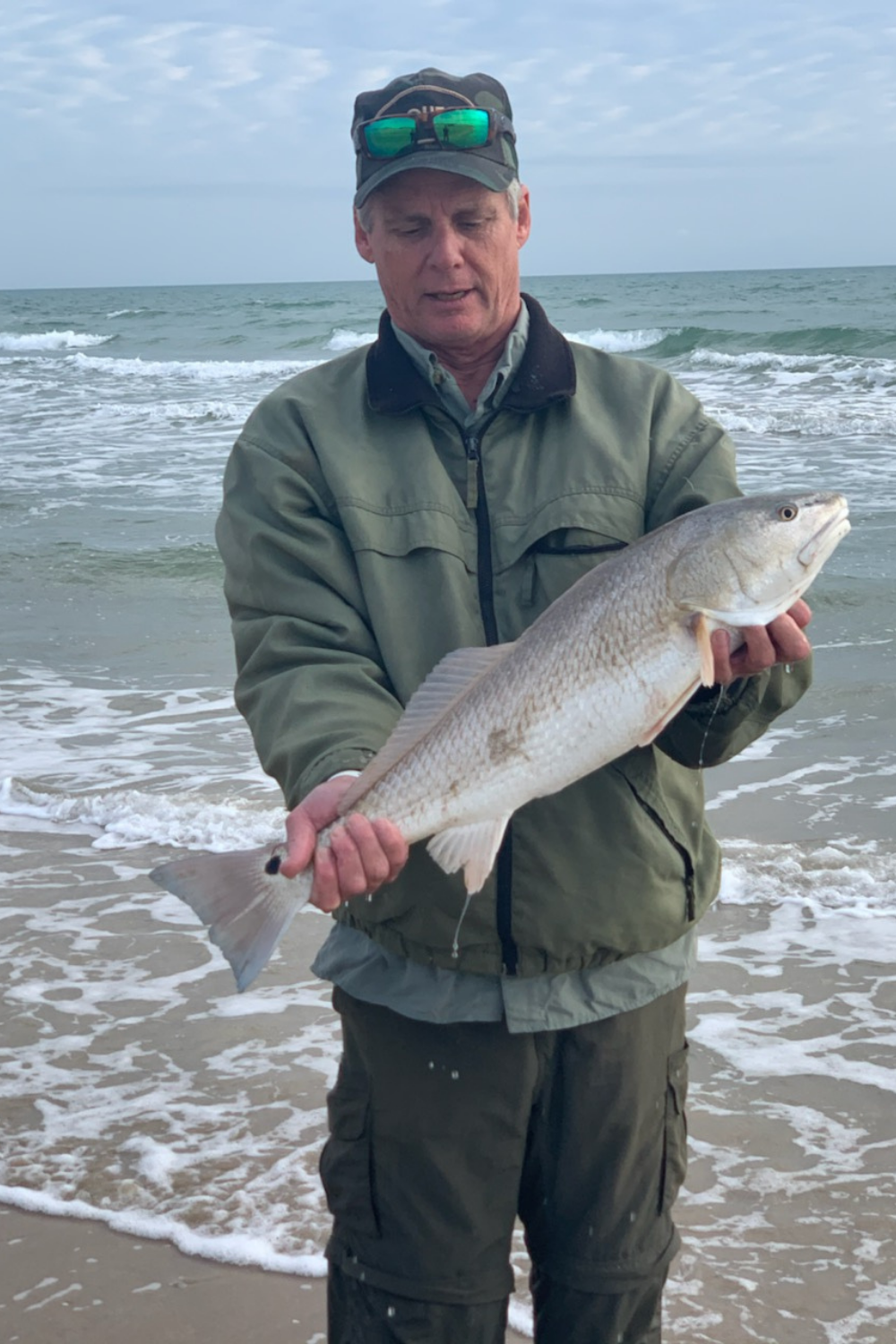
A life long surf fisherman with 50+ years of experience, I am also an avid hunter and outdoorsman. I will be sharing my passion for the outdoors with you so be prepared for hunting, fishing, camping, hiking and more. Along with gear reviews and the latest trends and innovations in the outdoor industry.
